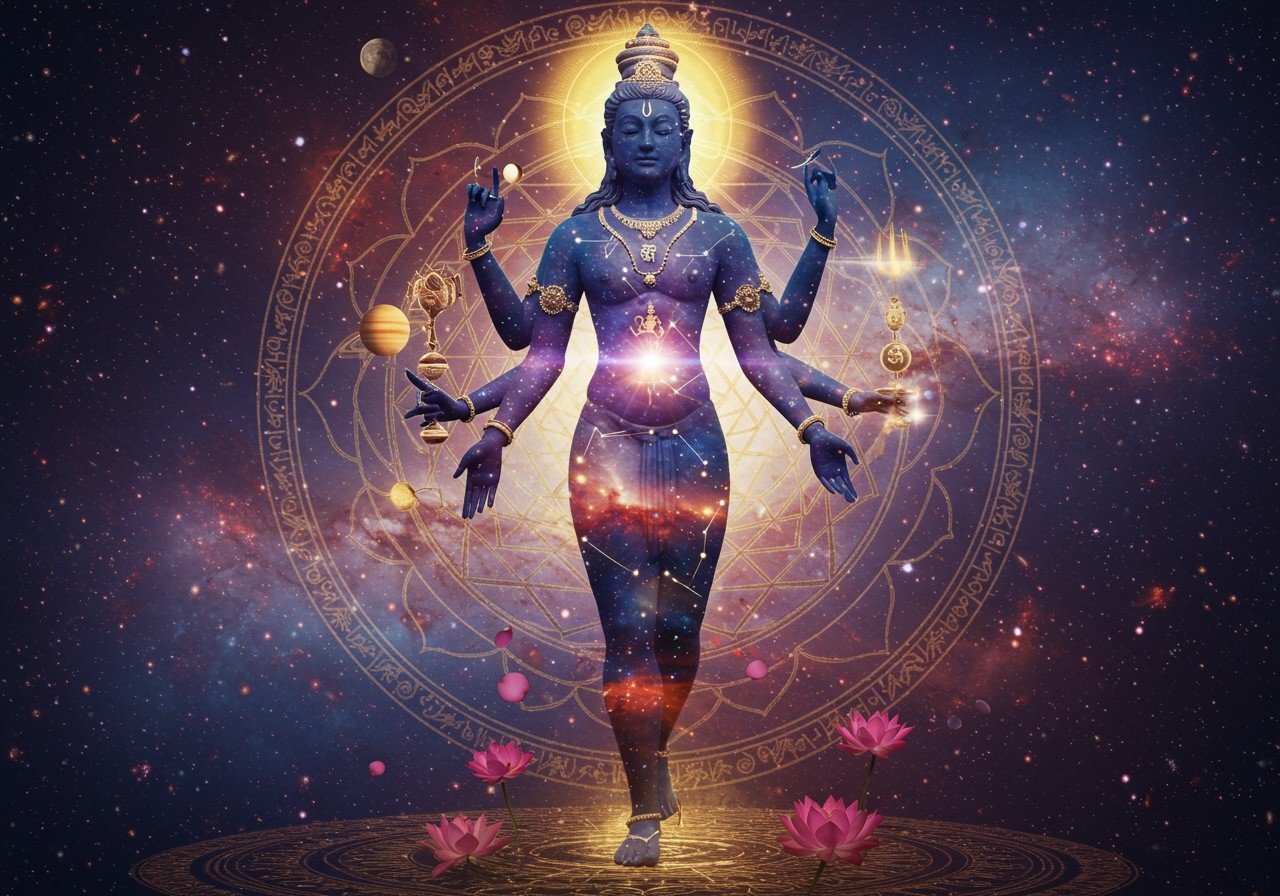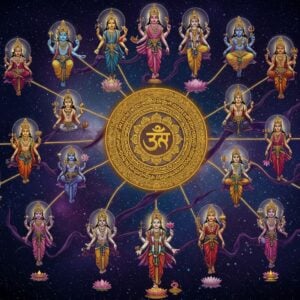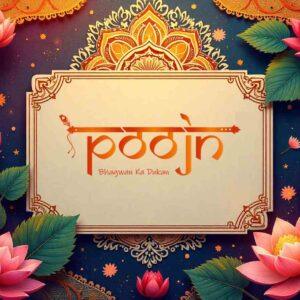
The concept of the “Cosmic Man,” an archetypal figure found in numerous mythologies, embodies the universe’s oneness and the interconnectedness of all existence. This figure often represents the universe’s creation and the profound relationship between humanity and the cosmos. In Jungian psychology, the Cosmic Man, also known as the Anthropos, is a symbol of the Self, signifying the integration of conscious and unconscious aspects of the psyche. This process of integration, known as individuation, is central to achieving wholeness and self-realization. This archetype appears in various forms across cultures, serving as a foundational element in creation myths worldwide.
Characteristics and Symbolism of the Cosmic Man
- Oneness and Unity: The Cosmic Man embodies the principle of unity, symbolizing the interconnectedness of all beings and the universe. It represents the ultimate goal of merging with the cosmos and transcending individual limitations. This concept is central to many spiritual and philosophical traditions.
- Individuation: This archetype embodies the process of individuation, the journey towards wholeness and self-realization. It signifies the integration of various aspects of the personality, leading to a more complete and authentic sense of self. This process often involves confronting and integrating shadow aspects of the psyche.
- Hermaphroditic Nature: In many depictions, the Cosmic Man transcends gender binaries, combining masculine and feminine qualities. This symbolizes the union of opposites and the wholeness that encompasses both polarities. It represents the integration of anima and animus, the feminine and masculine principles within the individual.
- Physical Features: Often portrayed as a primordial giant, the Cosmic Man sometimes undergoes dismemberment, symbolizing the differentiation and creation of the universe from a unified source. This depiction often includes plant or animal qualities, indicating a connection to the natural world. The quaternary structure, representing the four elements or directions, is also a common motif.
- Archaic Identity: The Cosmic Man carries elements of an archaic identity, connecting to primal instincts and emotions. This connection reflects a fundamental bond between humans and the natural world, encompassing elements, plants, and animals. It represents the deep-seated connection to the origins of life.
- Creation and Sacrifice: In many myths, the Cosmic Man’s death or sacrifice gives rise to the physical world. This act of creation through sacrifice highlights the cyclical nature of life and death. Body parts of the Cosmic Man often transform into elements of the universe, symbolizing the interconnectedness of all things.
Examples of the Cosmic Man in Different Mythologies
- Hinduism: Purusha, a primordial being whose sacrifice by the gods created all life. Purusha is revered as the Cosmic Self, Cosmic Consciousness, and the Universal Principle. He represents the source of all creation and the ultimate reality.
- Norse Mythology: Ymir, the primeval, hermaphroditic giant whose body formed the cosmos. Ymir’s flesh became the earth, blood the oceans, and bones the mountains. His story represents the creation of order from primordial chaos.
- Jewish Mysticism: Adam Kadmon, the Heavenly Man, represents the primordial blueprint of humanity and the most sublime manifestation of the divine. Adam Kadmon is distinct from the earthly Adam and embodies a more spiritual and archetypal form.
- Mesopotamian Mythology: Marduk, a powerful god who defeated the chaos monster Tiamat and used her body to create the world. Marduk’s act of creation establishes order and sets the stage for human civilization.
- Greek Mythology: Phanes, a primordial deity embodying the first cosmic being and the source of all creation. Phanes is often depicted as hermaphroditic and represents the generative power of the universe. Another example are the Giants (Gigantes), monstrous beings born from Earth and Sky.
- Zoroastrianism: Gayōmart, the first man, whose body became the Earth’s metals and minerals after his death. Gayōmart’s sacrifice contributes to the material world’s formation and sustains life.
- Other traditions: Kotoamatsukami (Japanese mythology), Gucumatz (Mayan mythology in the Popol Vuh), and Adam kasia (Mandaeism) also feature Cosmic Man figures, each with unique characteristics and creation narratives.
The Jungian Perspective on the Cosmic Man
Carl Jung identified the Cosmic Man as an archetype of the Self, representing the integration of conscious and unconscious aspects of the psyche. This individuation process aims to achieve wholeness and self-realization, fostering authenticity and acceptance. Marie-Louise von Franz, a prominent Jungian analyst, emphasized the Cosmic Man’s significance as a symbol of human development and the divine image within.
Purusha in Indian Culture and Spirituality
Purusha holds profound significance in various Indian traditions, representing the cosmic being or universal spirit. In Tamil, Purusha is associated with the divine and cosmic order, reflecting ancient concepts of unity and interconnectedness. Kannada culture links Purusha with spiritual enlightenment and social equality. This archetype continues to inspire unity and harmony in contemporary Indian society, influencing rituals, festivals, and spiritual practices. Explore the rich tapestry of Hindu deities and their significance at poojn.in.
Looking for authentic spiritual products? Find high-quality items for your spiritual practice at poojn.in. We offer a wide selection of products to support your journey.
Conclusion: The Enduring Legacy of the Cosmic Man
The Cosmic Man archetype continues to resonate across cultures and throughout history, offering profound insights into the human condition and our relationship with the universe. It symbolizes the pursuit of wholeness, the interconnectedness of all beings, and the creative power inherent in the cosmos. Whether embodied as Purusha, Ymir, or Adam Kadmon, the Cosmic Man represents a timeless symbol of unity, transformation, and the search for meaning in the universe.


